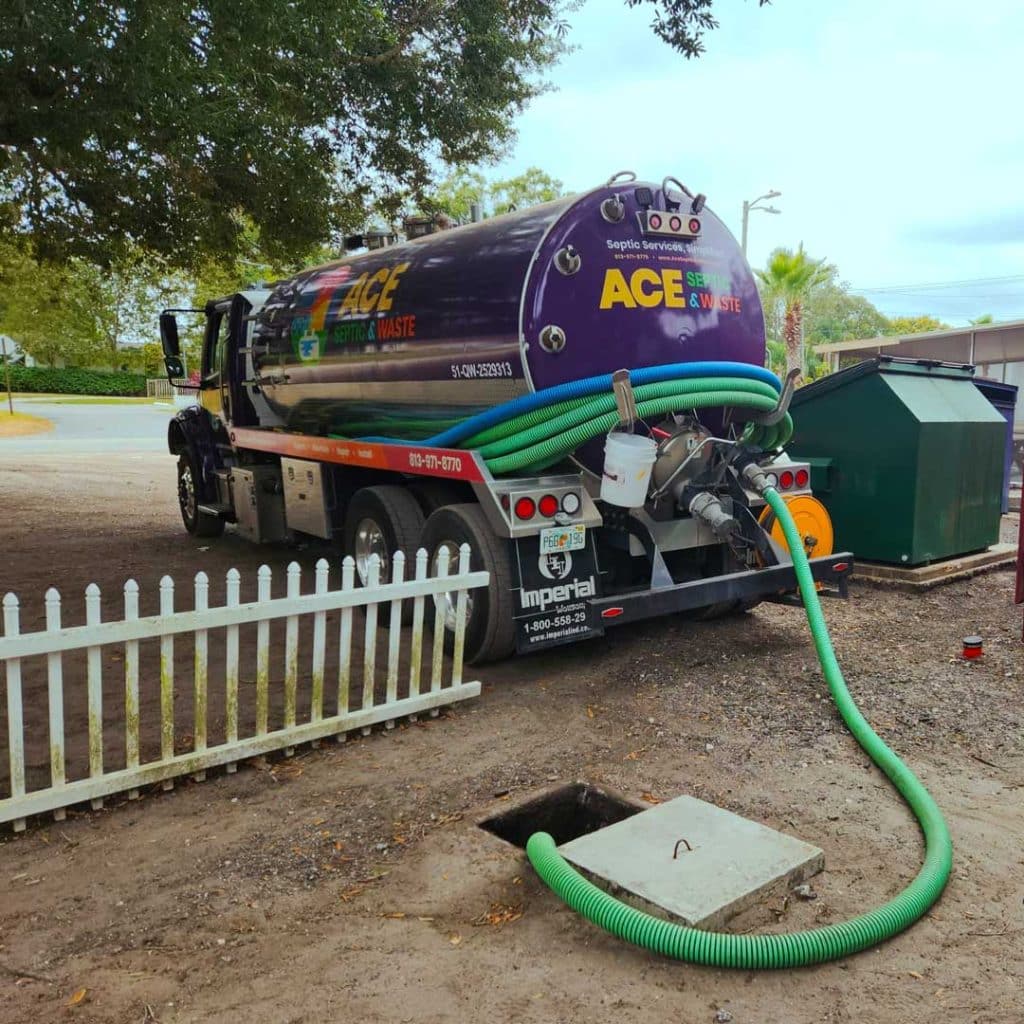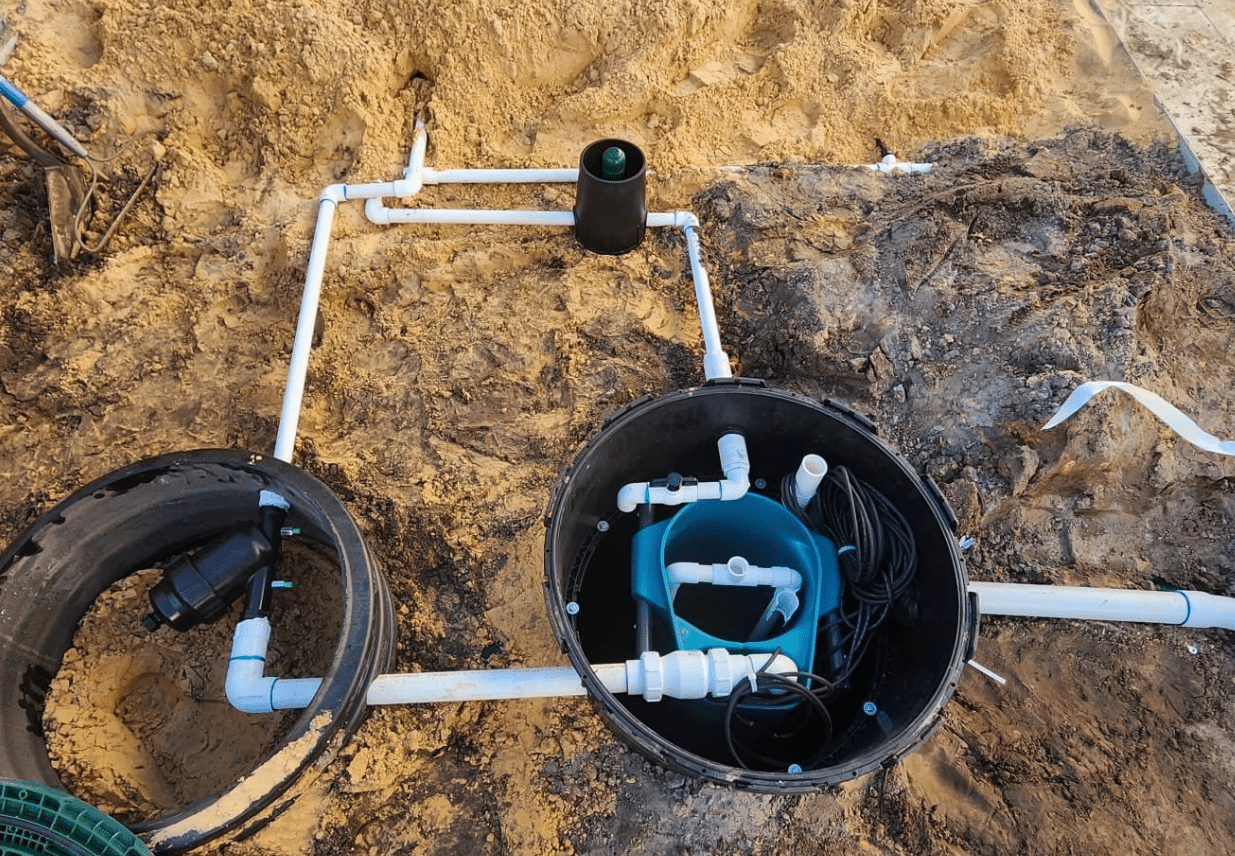Septic systems are essential for managing wastewater in many homes, especially those not connected to a municipal sewer system. One of the critical maintenance tasks for a septic system is pumping the septic tank. But what happens after you’ve had your tank pumped? Understanding the implications and expectations can save you from potential problems down the line. In this article, we’ll explore everything you need to know about what to expect after your septic tank is pumped.
What is Septic Tank Pumping?
Septic tank pumping involves removing the accumulated sludge and scum from your septic tank. This process ensures that your septic system operates efficiently and prevents backups and overflows. Typically, it's recommended to pump your septic tank every 3-5 years, depending on usage.
Why is Regular Pumping Important?
Regular Septic tank Pumping septic tank pumping is crucial for several reasons:

What to Expect After Your Septic Tank is Pumped?
After you have scheduled a professional service like ACE Septic & Waste for septic tank pumping, there are several things you should expect during and after the process:
Immediate Aftermath of Pumping
Once your septic tank has been pumped, you may notice some immediate changes:
Foul Odors: It’s not uncommon for odors to linger right after pumping due to disturbed sludge. Water Level Fluctuations: The water level in your drain field may temporarily rise as the excess waste is removed. Less Frequent Backups: You should experience fewer occurrences of clogs or backups. Ace Septic & WastePost-Pumping Maintenance Tips
To maintain optimal performance following pumping, consider these tips:
- Limit Water Usage: Avoid heavy water usage for a couple of days post-pumping. Monitor Drains: Keep an eye on how quickly drains empty; slow drainage could indicate underlying issues. Be Cautious with Chemicals: Avoid using harsh chemicals that can disrupt bacterial balance in your septic system.
Understanding Your Septic System’s Functionality After Pumping
How Does Your Septic System Work?
To appreciate what happens post-pumping, it’s essential to understand how a septic system functions:
Wastewater enters the tank where solids settle at the bottom. Bacteria break down waste, forming sludge and scum layers. Effluent (liquid waste) flows out into the drain field for further treatment.The Role of Bacteria Post-Pumping
Bacteria are vital for breaking down waste in your septic tank. After pumping, it may take some time for bacteria levels to normalize.
- Consider adding bacteria supplements if you're concerned about effective breakdown immediately following service.
Signs That Your System Might Need Attention Post-Pumping
Even after professional service from ACE Septic & Waste, certain signs could indicate that something's amiss:

Common Issues Post-Pumping
Slow Drains: If sinks or toilets drain slowly post-pumping, it might suggest blockages in pipes or drain fields. Pooling Water: Standing water near your drain field could indicate failure or saturation issues. Foul Smells Persisting: While some odor is normal initially, persistent smells may warrant further investigation.Frequency of Septic Tank Pumping
How Often Should You Schedule Pumping?
The frequency of pumping depends on several factors including household size and water usage:
- For most households, every 3-5 years is ideal. Larger households or high water-use scenarios require more frequent pumping.
| Household Size | Recommended Pumping Frequency | |----------------|-------------------------------| | 1-2 People | Every 4-5 Years | | 3-4 People | Every 3-4 Years | | 5+ People | Every 2-3 Years |
Benefits of Hiring Professionals Like ACE Septic & Waste
Why Choose Experts for Your Septic Needs?
Hiring professionals ensures safety and efficiency:
They have specialized equipment that makes pumping more effective. Professionals can identify potential issues during maintenance checks that homeowners might miss.What Services Can ACE Septic & Waste Provide?
ACE Septic & Waste offers comprehensive services beyond just pumping:
- Routine maintenance Inspections Repairs Installations
Common Myths About Septic Tank Maintenance
Addressing misconceptions can help homeowners make informed decisions regarding their systems:
Myth #1: “If I don’t see problems, my system doesn’t need attention.”
Reality: Many problems develop beneath the surface long before they become visible.
Myth #2: “I can flush anything down my toilet.”
Reality: Non-biodegradable items can clog systems leading to costly repairs.
FAQs about What to Expect After Your Septic Tank is Pumped
FAQ 1: How long does it take for a septic tank to fill up again?
Typically, it takes anywhere from a few months up to several years depending on usage patterns and household size.
FAQ 2: Is it normal for my yard to be soggy after pumping?
A wet yard may occur temporarily but prolonged saturation could signify problems requiring professional evaluation.
FAQ 3: Can I use cleaning products right after my septic has been pumped?
It’s best to limit chemical use immediately following service as they can disrupt beneficial bacteria needed for waste breakdown.
FAQ 4: Should I avoid flushing toilet paper?
While most toilet papers are safe for systems designed for them, avoid flushing excessive amounts at once or non-biodegradable items altogether.

FAQ 5: What do I do if I notice odors persisting?
If odors continue beyond normal expectations contact professionals like ACE Septic & Waste who can assess any lingering issues quickly.
FAQ 6: Can I perform my own maintenance?
While minor checks are feasible (e.g., visual inspections), professional services ensure proper handling due diligence necessary given potential hazards involved with sewage management systems!
Conclusion
Maintaining a healthy septic system starts with understanding what happens after your septic tank is pumped. From monitoring signs of distress post-service to adhering strictly established guidelines by experts like ACE Septic & Waste — knowledge equips homeowners with tools necessary sustain functionality throughout lifetime their systems! By respecting these insights together wise choices regarding upkeep will yield seamless operation years come!
Remember! Regular maintenance isn’t just about avoiding unpleasant surprises; it’s also about protecting your property value while ensuring environmental safety across board! So next time someone asks "What should I expect after my septic tank has been pumped?" you'll have all answers they need!
With this guide in hand, you're now equipped with knowledge about what comes next after getting that vital service done—don't hesitate; reach out today schedule appointment ensure long-lasting health well-being yours very own home systems!